#binka zhelyazkova
Explore tagged Tumblr posts
Photo
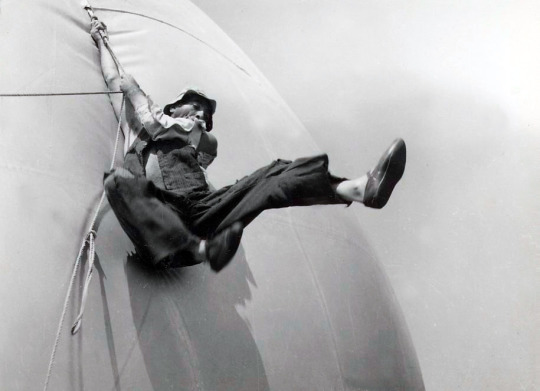
The Tied-Up Balloon (Privarzaniyat balon), Binka Zhelyazkova (1967)
#Binka Zhelyazkova#Yordan Radichkov#Grigor Vachkov#Georgi Kaloyanchev#Georgi Partsalev#Ivan Bratanov#Georgi Georgiev Getz#Konstantin Kisimov#Lyubomir Dimitrov#Janet Miteva#Emil Vagenshtain#Simeon Pironkov#Borislav Penev#1967#woman director
11 notes
·
View notes
Photo










The Last Word (1973)
6 notes
·
View notes
Photo







A byahme mladi aka When we were young, 1961, Binka Zhelyazkova
6 notes
·
View notes
Text
International Women Pioneers of Cinema By Raquel Stecher
Early women filmmakers are enjoying a renaissance; one they so rightly deserve. Documentary series like Mark Cousins’ WOMEN MAKE FILM help amplify the filmmakers who struggled within the confines of a male-dominated industry to make a space for themselves. These talented women deserve to be appreciated for their sheer talent, perseverance and of course their wonderful films. Let’s take look at some of the more obscure female directors from outside of the English-speaking world and how they paved the way for filmmakers to come.
youtube
For Bulgarian director Binka Zhelyazkova, filmmaking was a means of protest. Fighting back against her home country’s communist regime, each of her films offered its own cutting political critique. Her first film LIFE FLOWS QUIETLY BY… (’57), for which she served as assistant director to Anton Marinovich, was banned by the Bulgarian Communist Party for 30 years and finally released in 1988. Zhelyazkova forged on. She continued to make bold films with strong anti-fascist themes. Her films were often banned in Bulgaria yet highly regarded elsewhere in Europe and beyond. She had a keen eye for creating atmospheric and visually stunning films and was heavily influenced by Italian Neo-Realism, French New Wave and Russian cinema. With her directorial debut WE WERE YOUNG (’61), a haunting love story about two young resistance fighters, she became the first Bulgarian woman to direct a feature-length movie.

Austrian-Hungarian Jewish director Leontine Sagan is best known for her seminal lesbian film MADCHEN IN UNIFORM (’31). A pupil of Max Reinhardt, she trained as both an actress and a theater director. She saw an opportunity to try her hand at filmmaking when she came across German-Hungarian playwright Christa Winsloe’s story of a young woman at an all-girls boarding school who falls in love with her headmistress. Sagan’s MADCHEN IN UNIFORM is extraordinary for being the first feature film to portray lesbian love and for being female driven with a story by a woman writer with a woman director and an all-female cast. The film was a success, garnering rave reviews. Although Nazi politician Joseph Goebbels wrote in his diary that it was “magnificently directed, exceptionally natural and exciting film art,” the Nazi regime publicly made an attempt to destroy all copies of the film. Sagan was courted by MGM’s David O. Selznick, who quickly became a fan of her work and invited her to Hollywood. While this didn’t quite pan out, Sagan did go on to direct two British films MEN OF TOMORROW (’32) and GAIETY GEORGE (’46).

Following in the footsteps of Leontine Sagan was French director Jacqueline Audry. OLIVIA (’51) was based on Dorothy Bussy’s autobiographical novel which itself was inspired by MADCHEN IN UNIFORM as well as Colette Claudine’s novels. The story also takes place in an all-girls boarding school but instead of the Prussian Empire we get Belle Epoque France. Audry got her start as a script supervisor before working as an assistant director under the tutelage of Max Ophuls and G.W. Pabst. Her first solo success was GIGI (’49), one of three Colette stories she would adapt to screen. Even in an industry dominated by men, Audry made a space for herself directing films that featured complex and interesting female characters. She told subversive stories through conventional narratives with an eye towards literary adaptations with strong sexual themes. With the French New Wave, Audry’s style of filmmaking became quickly outdated and she was mostly forgotten. Decades later her work, especially OLIVIA, is finally getting the recognition she deserved.

In her brief 32 years, Forough Farrokhzad cemented a legacy as one of the great Persian poets. Her work openly explored female desire and was controversial in her native Iran, well before the Islamic Revolution. Farrokhzad was a woman determined to live life by her own standards. It was the subject of human perseverance that planted the seed of what would become her one and only film: THE HOUSE IS BLACK (’63). This 20-minute short documentary was filmed over 12 days at the Babadaghi leprosy colony. Her goal is clearly stated in the opening monologue of the film: “to wipe out ugliness and to relieve the victims is the motive of this film and the hope of its makers.” Farrokhzad narrates the majority of the film reading religious texts and her own poetry. In making the film, she brought awareness to the plight of those suffering leprosy and her unique filmmaking style inspired the Iranian New Wave.
By the time Therese Sita-Bella passed away in 2006, she was largely forgotten in her native Cameroon. But that has since changed, as a new appreciation for this dynamic and multi-talented woman has grown over recent years. Sita-Bella was born and raised in Southern Cameroon. She was part of the Beti tribe, educated by Catholic missionaries and moved briefly to Paris to continue her education. Sita-Bella became a radio and print journalist, a licensed pilot, a model and even played the guitar. In 1963, she added film director to her resume when she traveled with the Cameroonian National Ensemble, a collective of dancers who were performing at the Sarah Bernhardt Theater in Paris. With her documentary TAM-TAM A PARIS (’63), Sita-Bella became the first Subsaharan African female filmmaker. As author Dibussi Tande writes, Sita-Bella was “a woman ahead of her times, she made her mark in a male-dominated system that considered her an oddity and blazed the trail for many women in her generation.”
#Women Make Film#female directors#Iranian film#Forough Farrokhzad#Leontine Sagan#Therese Sita-Bella#Binka Zhelyazkova#Jacqueline Audry#women in film#filmmakers#Raquel Stecher
77 notes
·
View notes
Photo
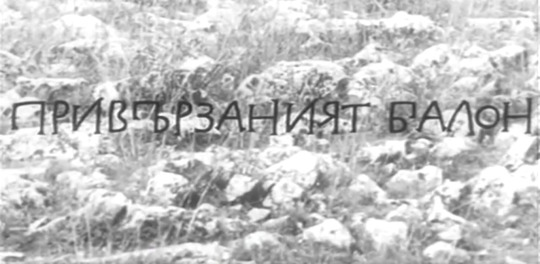
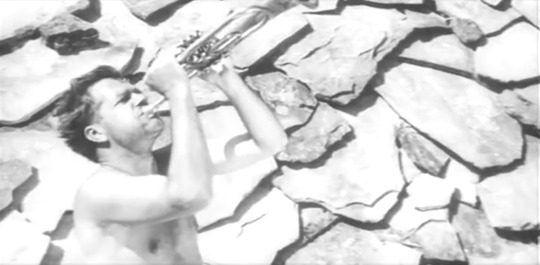
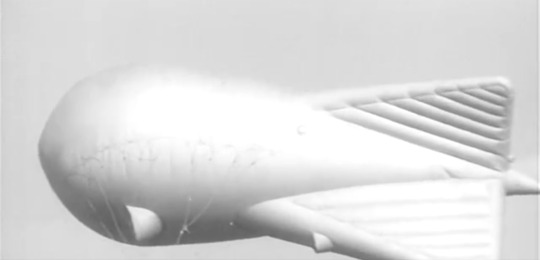

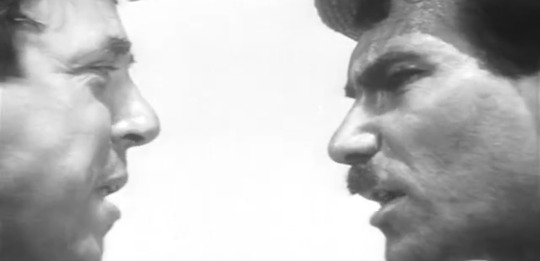
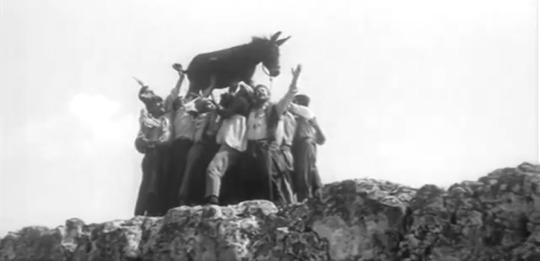
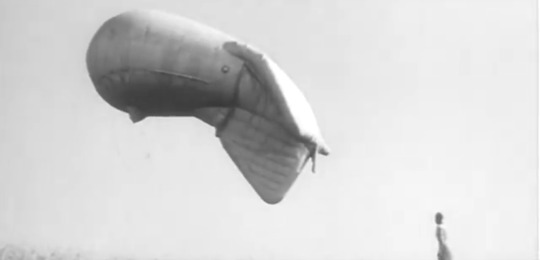
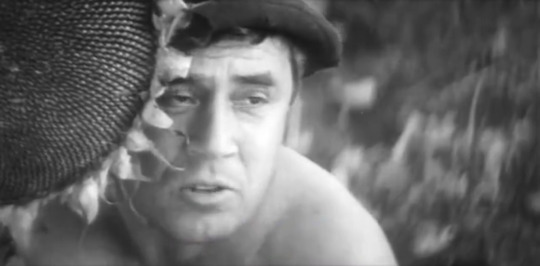
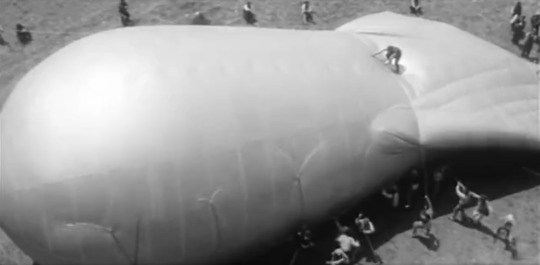
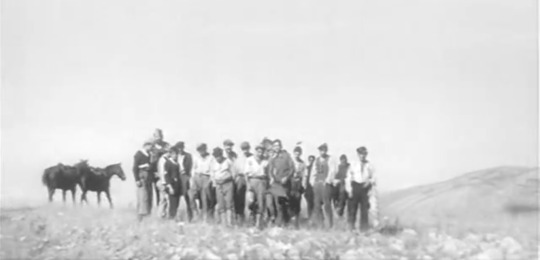
The Tied Up Balloon (1967)
#the tied up balloon#binka zhelyazkova#grigor vachkov#georgi kaloyanchev#georgi partsalev#ivan bratanov#talks
4 notes
·
View notes
Photo
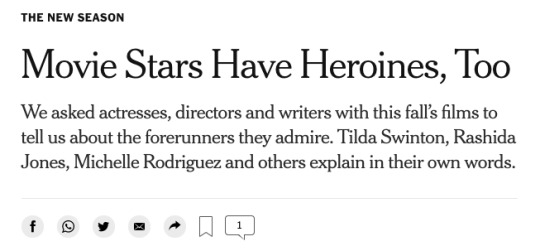
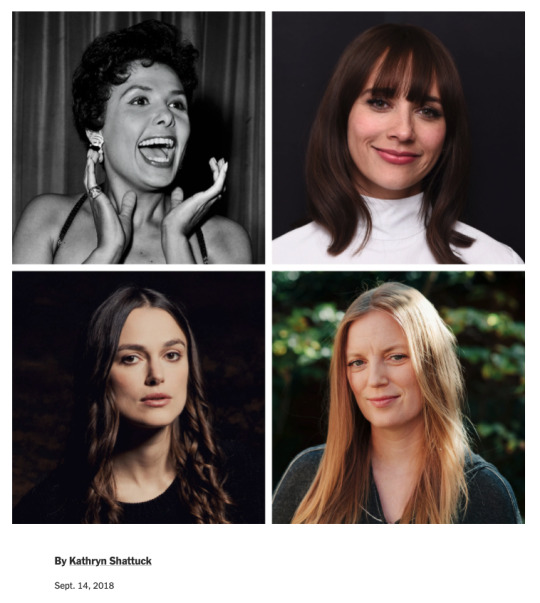



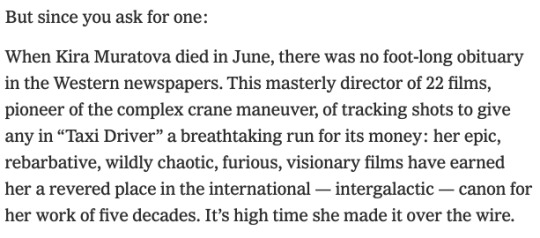
“Mai Zetterling, Wendy Toye, Margaret Tait, Binka Zhelyazkova, Larisa Shepitko, Wang Ping, Moufida Tlatli, Marion Hänsel, Barbara Kopple, Lotte Reiniger, Alison de Vere, Marzieh Meshkini, Sarah Maldoror, Dinara Asanova, Ana Mariscal, Kinuyo Tanaka, Valérie Massadian, Yuliya Solntseva, Malvina Ursianu, Cecile Tang Shu-shuen, Sai Paranjpye, Lorenza Mazzetti ... for starters.”
this probably makes me such a bad feminist but this whole paragraph is one of my favorite and funniest inside jokes between a friend of mine and me. we’re both cinephiles who do not recognize a SINGLE name of any of the female filmmakers on this list, and it’s incredible and inspirational and so ridiculous to me that ms. tilda just flexed in the most esoteric way she knew how for this nytimes feature when all the other women interviewed for this piece gave, like, normal responses askdlfjalkdsjfadfa.
#my friend and i will just randomly start listing this names to each other in the middle of a completely unrelated conversation#and the FOR STARTERS part just takes me OUT#honestly it's on ME to learn what these probably incredible women did and how they mastered their craft#but tilda swinton really did pick the most obscure list of women and i love it and will always find it so funny and charming and tilda-esque
12 notes
·
View notes
Video
youtube
Opening moments of Women Make Film (2018) -- narration by Tilda Swinton
In Mark Cousins’ 14-part documentary on women filmmakers, he opens with a scene from We Were Young (1961, Bulgaria), directed by Binka Zhelyazkova. Zhelyazkova was the first Bulgarian woman to direct a feature film. The poetic imagery she employed was influenced by Italian neorealism, and reflected her disillusionment with the post-World War II Communist order in Bulgaria. Throughout her career, her evolving social consciousness was always reflected in her films.
We Were Young was awarded the Golden Prize at the 1962 Moscow International Film Festival. Zhelyazkova remains relatively unknown outside of her home country.
This is the beginning of a 14-week marathon entitled #Women Make Film on this blog, appearing every Tuesday evening from 5 PM to Midnight Pacific Time. It is based on Turner Classic Movies’ (TCM) marathon of the same name and concept.
#Women Make Film#Mark Cousins#We Were Young#Binka Zhelyazkova#Rumyana Karabelova#Dimitar Buynozov#Tilda Swinton
0 notes
Photo

We Were Young (A byahme mladi), Binka Zhelyazkova (1961)
#Binka Zhelyazkova#Hristo Ganev#Dimitar Buynozov#Rumyana Karabelova#Lyudmila Cheshmedzhieva#Georgi Georgiev Getz#Emilia Radeva#Anani Yavashev#Vasil Holiolchev#Simeon Pironkov#Tsvetana Tomova#1961#woman director
8 notes
·
View notes
Text


Life Quietly Moves On..., Binka Zhelyazkova, Hristo Ganev, 1957
12 notes
·
View notes
Text










The Tied Up Balloon (1967)
0 notes
Photo








Women Make Film: A New Road Movie Through Cinema (TV Series) by Mark Cousins
Episode 1
8 notes
·
View notes
Photo










Celebrating women film directors born on July 15th...
Happy Birthday, Anne Fontaine, Beryl Richards, Binka Zhelyazkova, Cécile Davidovici, Christine Swanson, Julie Checkoway, Maqui Gaona, Marie Richardson, Marina Goldovskaya and Yasemin Şamdereli!
#happybirthday#Anne Fontaine#Beryl Richards#Binka Zhelyazkova#Cécile Davidovici#Christine Swanson#Julie Checkoway#Maqui Gaona#Marie Richardson#Marina Goldovskaya#Yasemin Şamdereli#DirectedbyWomen#women directors#directors#film#cinema#appreciation#celebration
3 notes
·
View notes
Text

Life Quietly Moves On..., Binka Zhelyazkova, Hristo Ganev, 1957
#Животът си тече тихо...#Binka Zhelyazkova#Hristo Ganev#1957#Bulgarian Cinema#My Gifs#Clouds#Lighting#1950s
3 notes
·
View notes
Text






Life Quietly Moves On..., Binka Zhelyazkova, Hristo Ganev, 1957
5 notes
·
View notes

